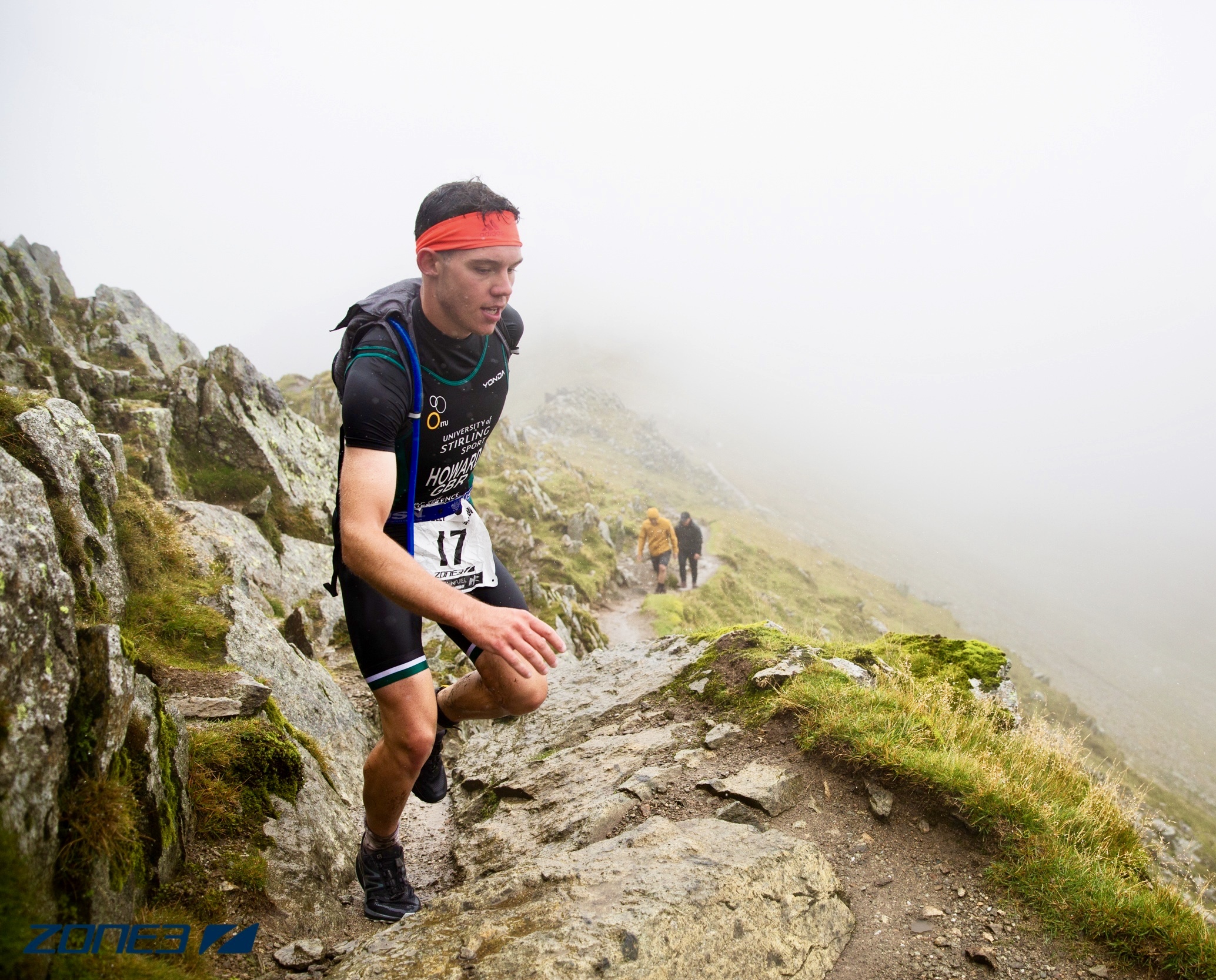Life is made up of time – use it don’t lose it
Prior to the pandemic and subsequent lockdowns, you were exercising regularly to get fit. After a while you notice that your clothes fit better; your colleagues and friends comment on how healthy you look and your training buddies’ comment on your improved technique and speed. Your times are improving. You’re achieving things, beating others, and you get a rush when you race.
Loneliness of the Covid Run
Then the pandemic forced you to alter daily routines, including exercise habits. During the self-isolation period, you’ve grown accustomed to a sedentary lifestyle with less physical activity, fewer daily step counts, and rarely exercise. But are you aware that a prolonged break from training leads to the deconditioning of physiological systems (e.g., musculoskeletal, neuromuscular, respiratory, and cardiovascular systems) as well as physical capabilities (e.g., power, strength, flexibility, speed, and endurance).

The body likes to hold on to strength for as long as it can. Inactivity for most people will result in decreased muscles strength at a rate of one to three percent per day with noticeable strength loss occurring after about two and a half to three weeks. . If you’re able to work in some movement and light exercise, you can decrease this slide by up to four or five weeks without significant strength loss. For endurance athletes a study found that four weeks of inactivity resulted in a 20 percent decrease of their VO2 max. Athletes who had been training regularly for at least a year and then suddenly stopped lost half of the aerobic conditioning after three months. The effects of deconditioning on your muscles, cardiovascular system and weight can all be reversed, with exercise.

While lockdown has caused the closure of gym and fitness centres and brought about restriction on group outdoor activities, your aim during this period should be to maintain your current level of fitness – not lose it – by modifying your exercise programme; embracing solitude as your friend and training from your home base. At present, virtual gym classes and personal coaching are widely available online and with a more flexible schedule, healthy individuals can adjust their exercise modality, frequency, volume, and intensity with home-based exercises. This continuation of an individual training regime will help reduce mental stress(e.g., depression and anxiety)as well as the risk of injury when you transition from the unprecedented lockdown back to high-level sports-specific practice.

Doing something in the lockdown is better than doing nothing and can help you feel better about yourself, both physically and mentally. Individual exercise is permitted indoors and outdoors. There is no restriction on the type of activity you can do when exercising and as long as you follow the rules, you can exercise as much as you want provided that you are within the permitted gathering limits so no reason not to go out running or cycling with one other person from another household. You don’t need a gym to exercise, instead use your own body weight as resistance for strength training. Push-ups, squats, lunges and crunches are all examples of body-weight workouts you can fit in just about anywhere.

Adopt a positive mindset. Don’t bemoan your lot because you cannot go to the gym or meet up in big exercise group. You have the power to take control of your body and well-being, the COVID-19 pandemic and related restrictions should no longer be an excuse for not maintaining a physically active lifestyle.
Don’t judge yourself too harshly, the gym and group exercise will still be there waiting for you when these lockdowns end.





